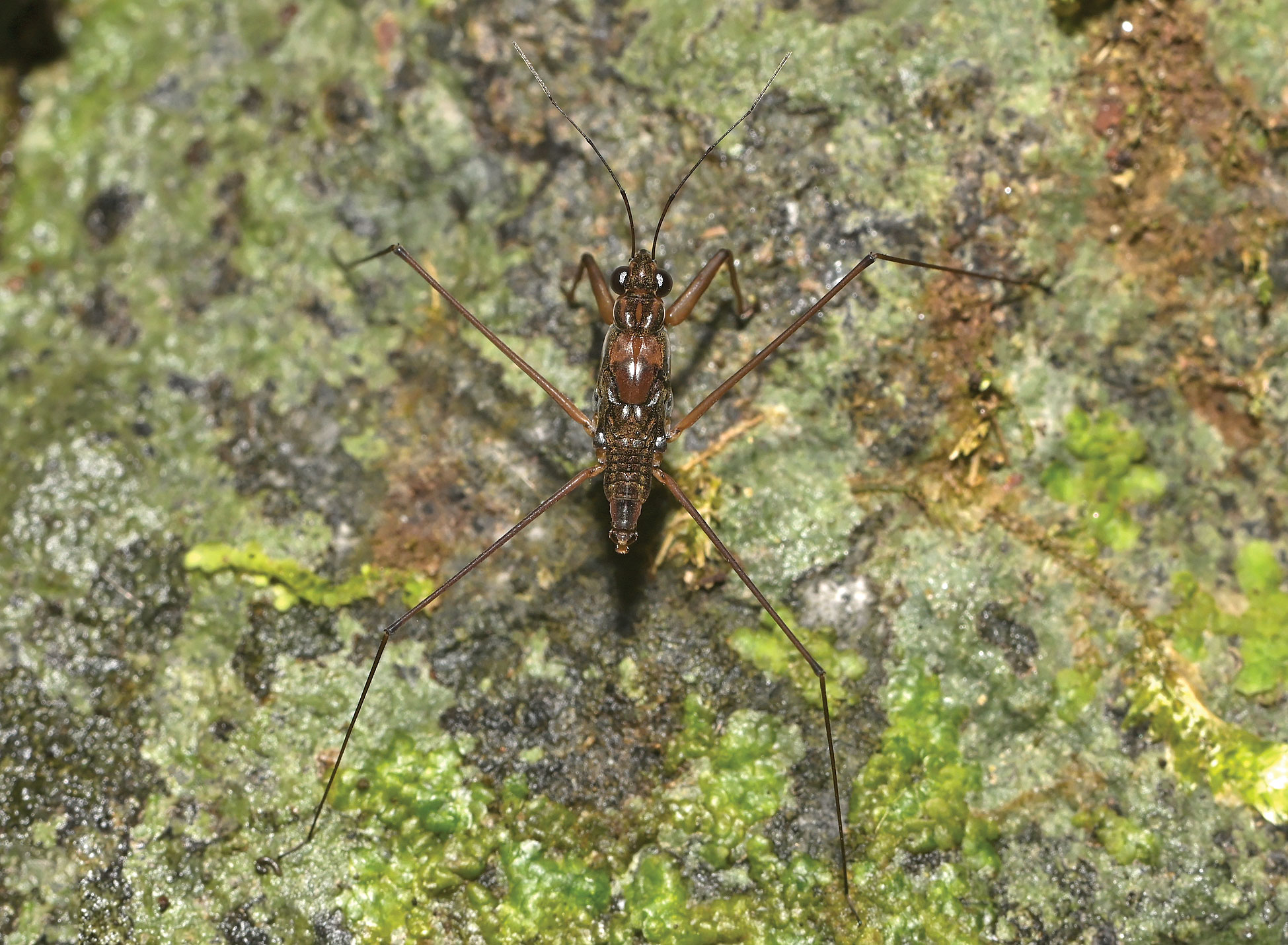This is а GBIF Hosted Portal, displaying data extracted or associated with articles published in Deutsche Entomologische Zeitschrift.
Deutsche Entomologische Zeitschrift is an international peer-reviewed journal of systematic entomology published by Pensoft on behalf of the Museum für Naturkunde, Leibniz Institute for Research on Evolution and Biodiversity at the Humboldt University Berlin. It publishes original research papers in English on the systematics, taxonomy, phylogeny, comparative functional morphology, and biogeography of insects. Other arthropods are also considered where of relevance to the biology of insects. The geographical scope of the journal is worldwide. Priority is given to revisional work and comprehensive studies of phylogenetic, biological or zoogeographical relevance. We also invite review articles pertaining to the systematics and biology of insects.
Deutsche Entomologische Zeitschrift is dedicated to provide an open access high-quality forum to contribute to the documentation of insect species, their distribution, their properties, and their phylogenetic relationships. All submitted manuscripts are subject to peer-review by the leading specialists for the respective topic. Distinguished authorities form the international advisory board which guarantees the high scientific profile of the journal. This is reflected by an outstanding print quality which is adept in conveying the valuable information contained in the often detailed line drawings and photographs of scientific illustrations. The journal is published in open access high-resolution PDF, semantically enriched HTML and machine-readable XML versions.
Descriptions of single species are encouraged if they form part of a work of broader importance (e.g. key or revision of the species in a wide region; revision of the particular species group; separation of widespread cryptic species), or are of particular scientific importance (e.g. disease vector, representative of a new genus, sister-group of a large clade), or are exceptional in some respect (e.g. species in danger of extinction, large extension of the geographical range of a higher taxon).
